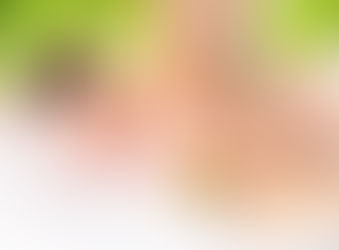What is TUI NA or Tuina massage?
- sanctuary
- Oct 13, 2015
- 2 min read

Tui na or tuina (/ˌtwiː ˈnɑː/, Chinese: 推拿; pinyin: tuī ná), is a form of Chinese manipulative therapyoften used in conjunction with acupuncture, moxibustion, fire cupping, Chinese herbalism, t'ai chi, andqigong. Tui na is a hands-on body treatment that uses Chinese taoist and martial arts principles in an effort to bring the eight principles of Traditional Chinese Medicine (TCM) into balance. The practitioner may brush, knead, roll, press, and rub the areas between each of the joints, known as the eight gates, to attempt to open the body's defensive chi (Wei Qi) and get the energy moving in the meridians and the muscles.[3]Techniques may be gentle or quite firm. The name comes from two of the actions: tui means "to push" and na means "to lift and squeeze."
Other strokes include shaking and tapotement.The practitioner can then use range of motion, traction, with the stimulation of acupressure points. These techniques are claimed to aid in the treatment of both acute and chronic musculoskeletal conditions, as well as many non-musculoskeletal conditions As with many other traditional Chinese medical practices, there are different schools which vary in their approach to the discipline. It is related also to Japanese massage or anma (按摩).
In ancient China, medical therapy was often classified as either "external" or "internal" treatment. Tui na was one of the external methods, thought to be especially suitable for use on the elderly population and on infants. Today, Tui na is subdivided into specialized treatment for infants, adults, orthopedics, traumatology, cosmetology, rehabilitation, sports medicine, etc.[citation needed] In modern China, many hospitals include tui na as a standard aspect of treatment. In the West, tui na is taught as a part of the curriculum at some acupuncture schools.























Comments